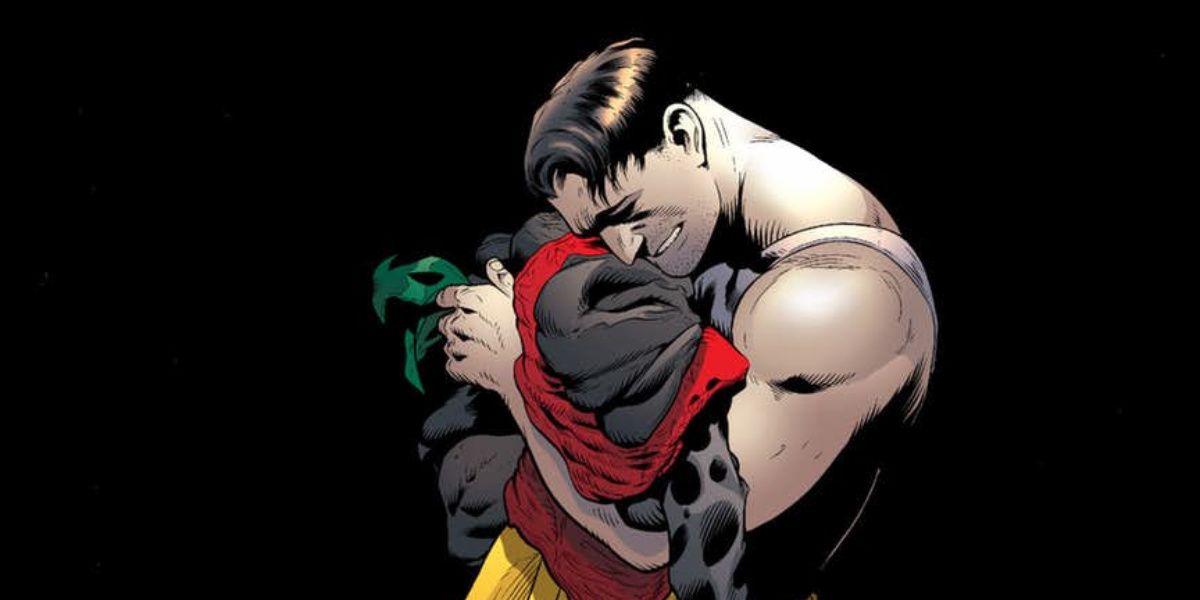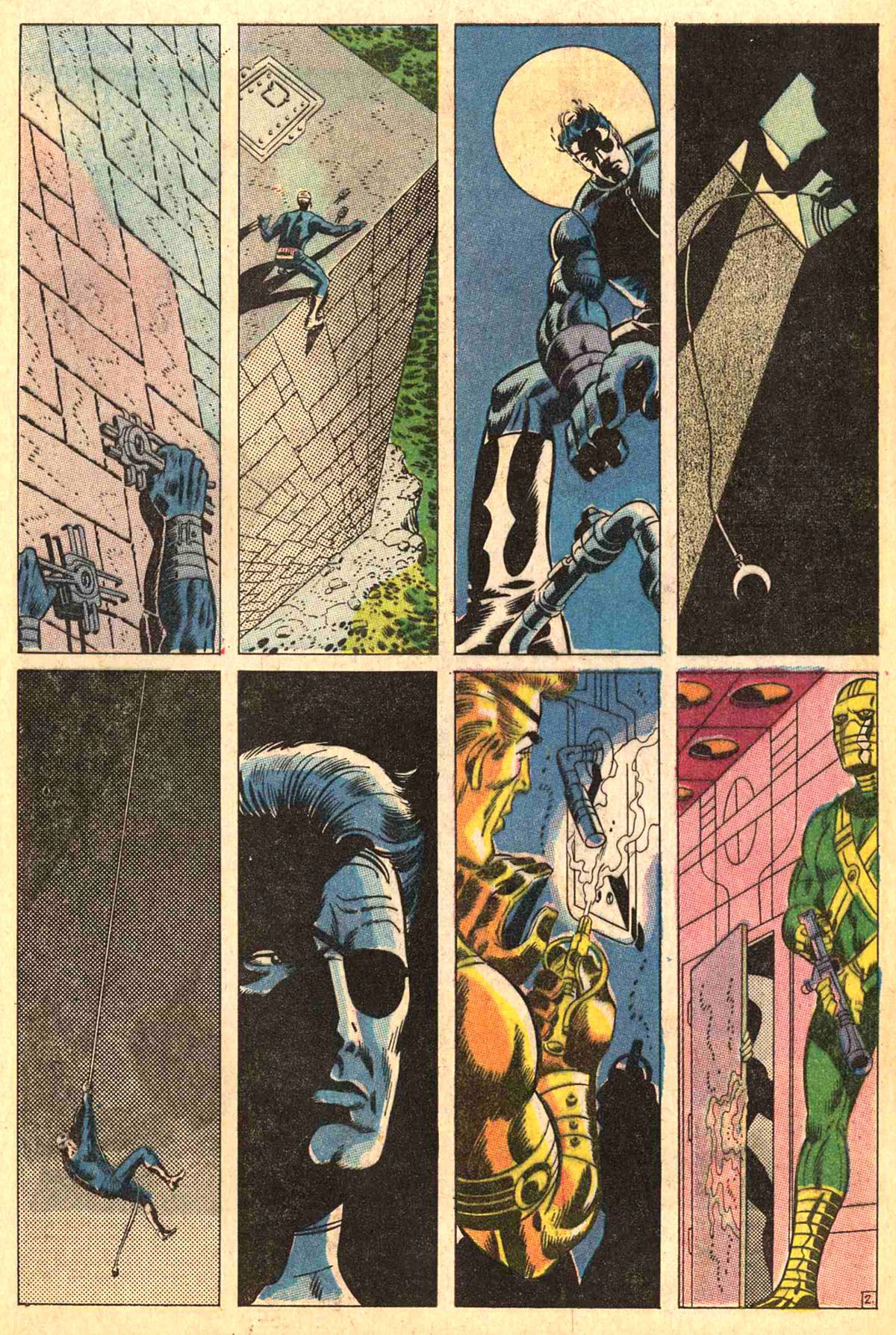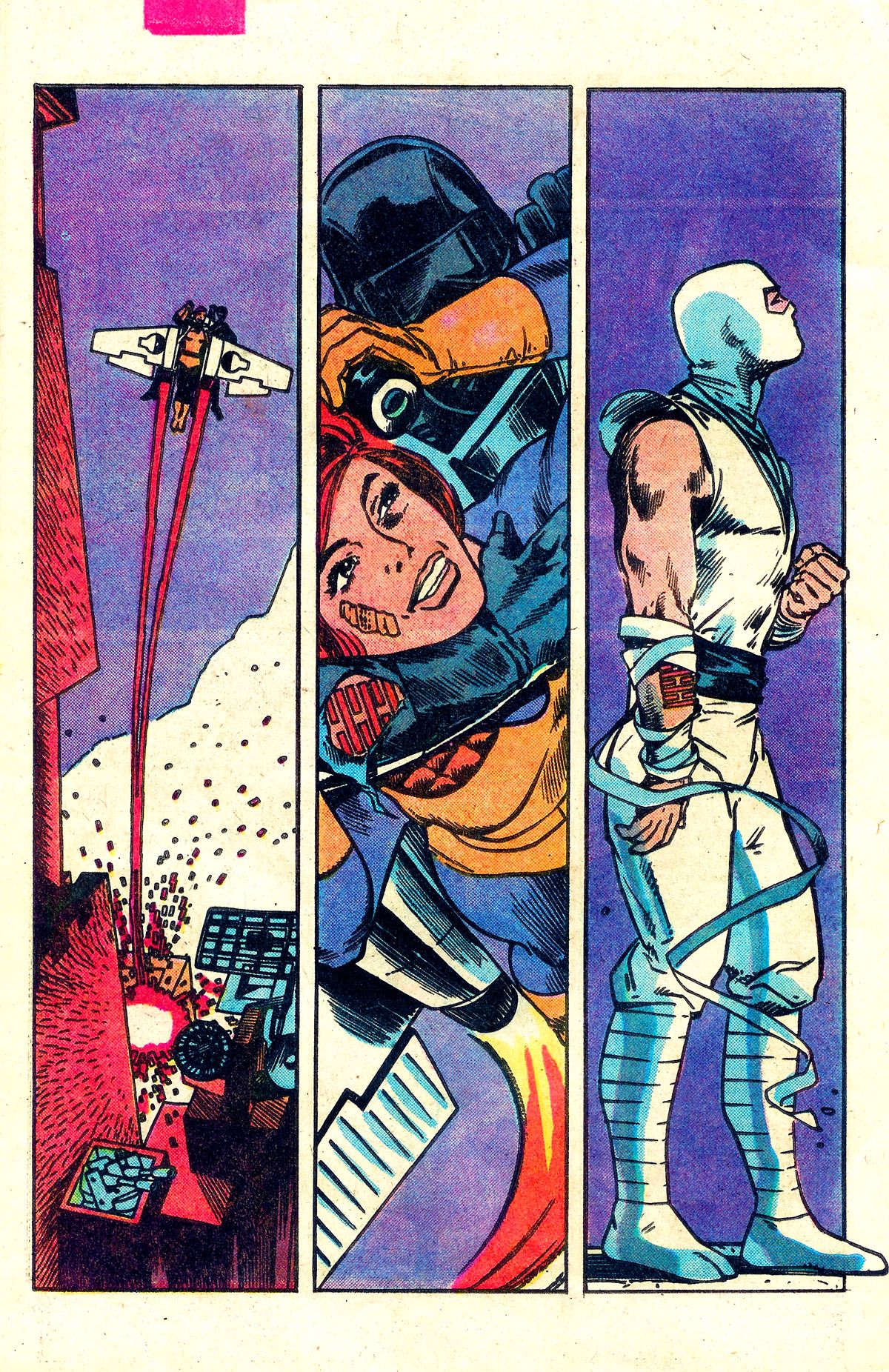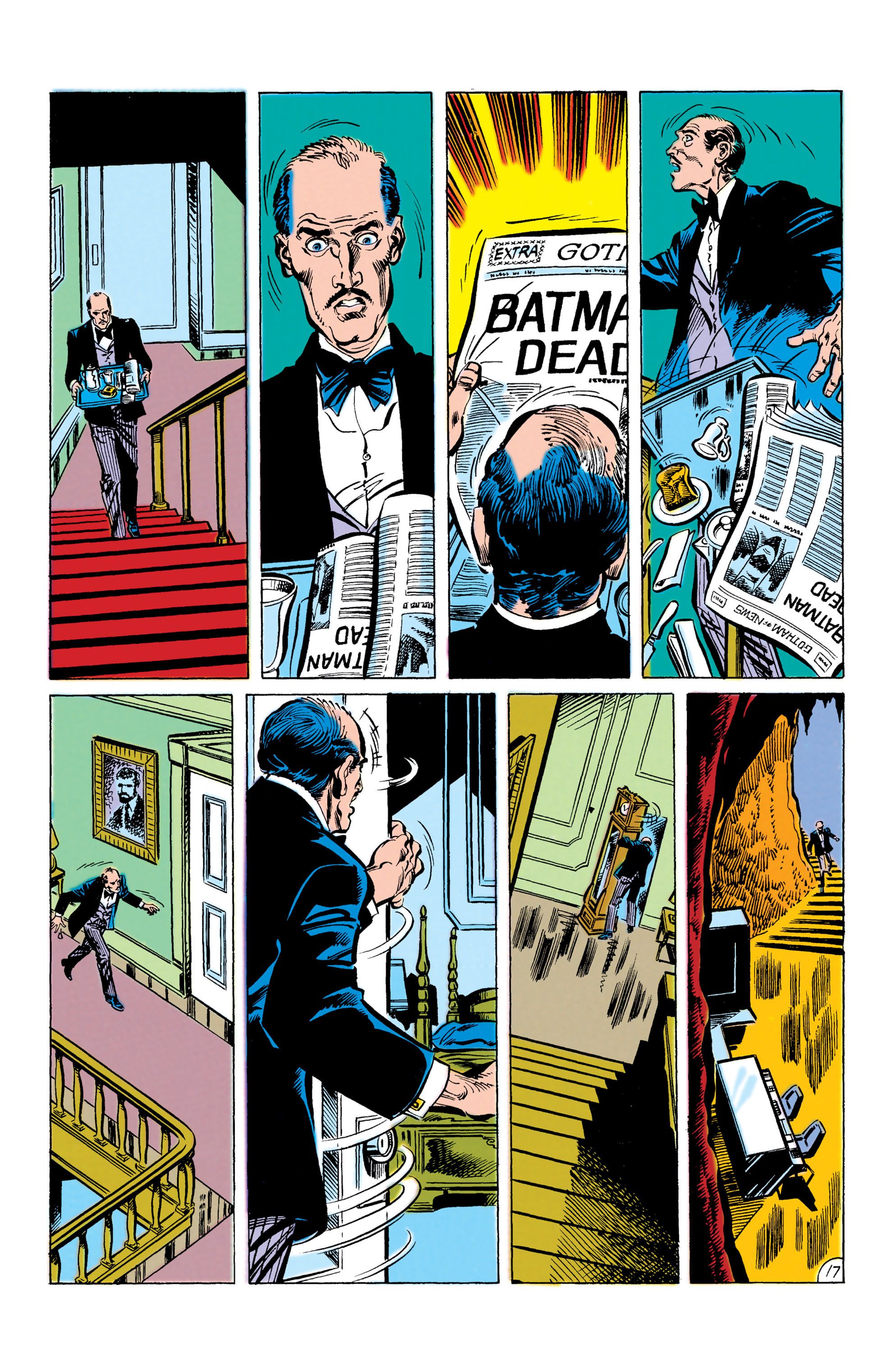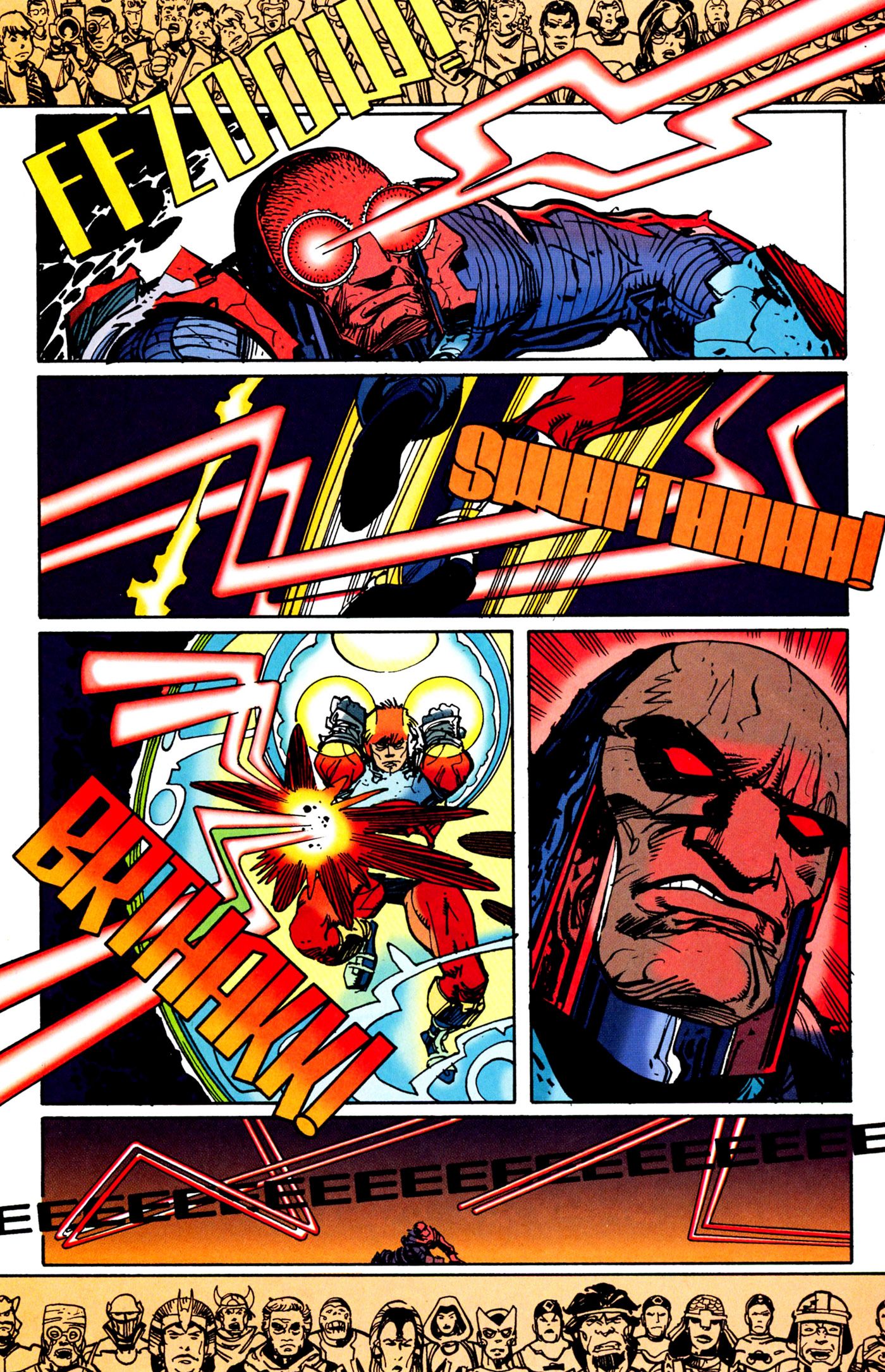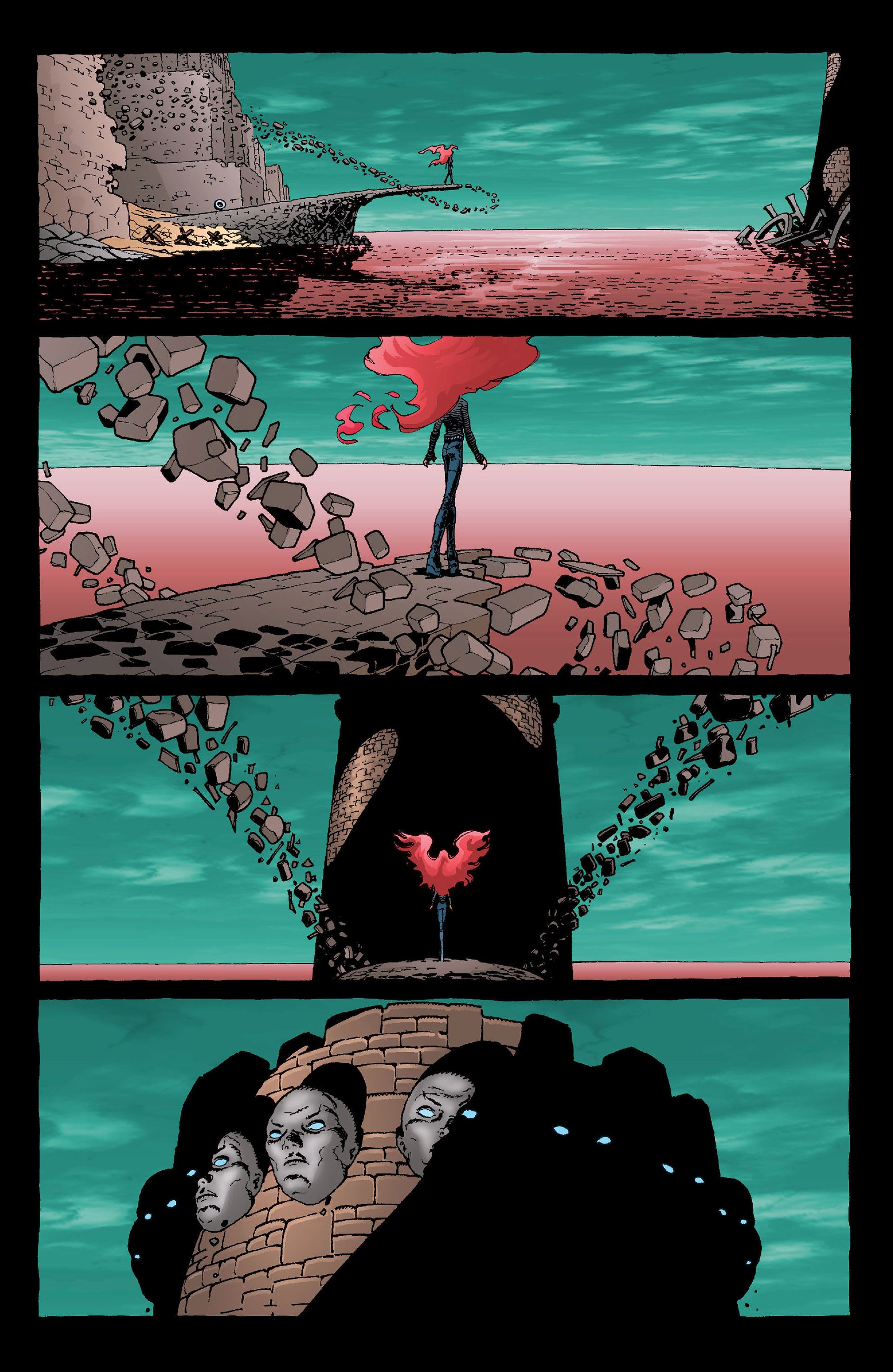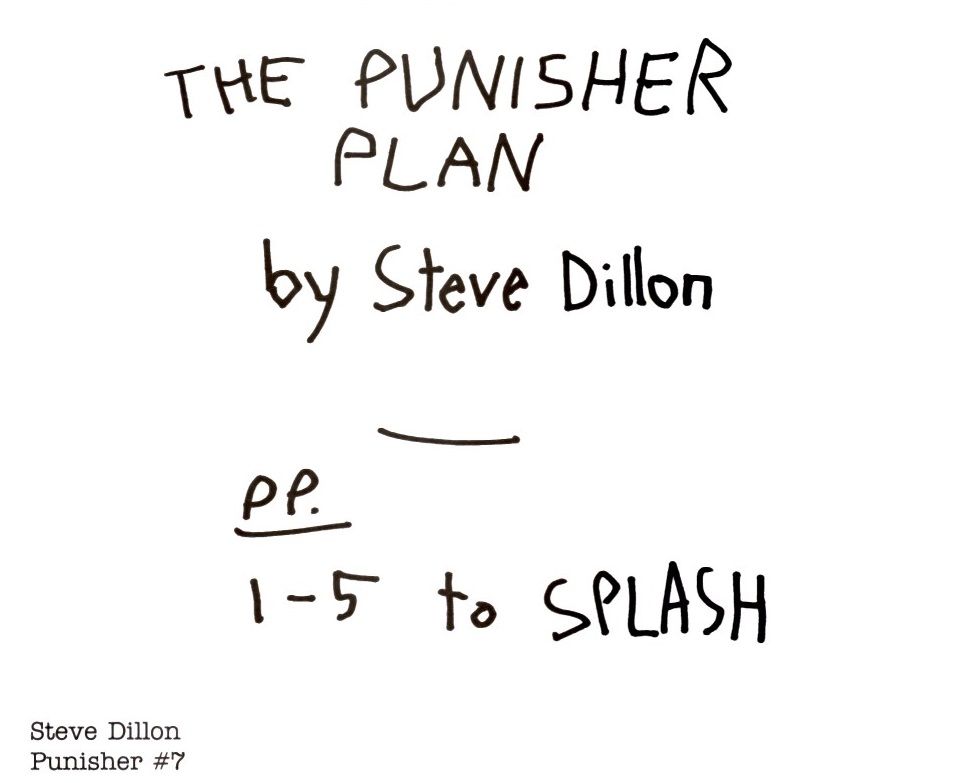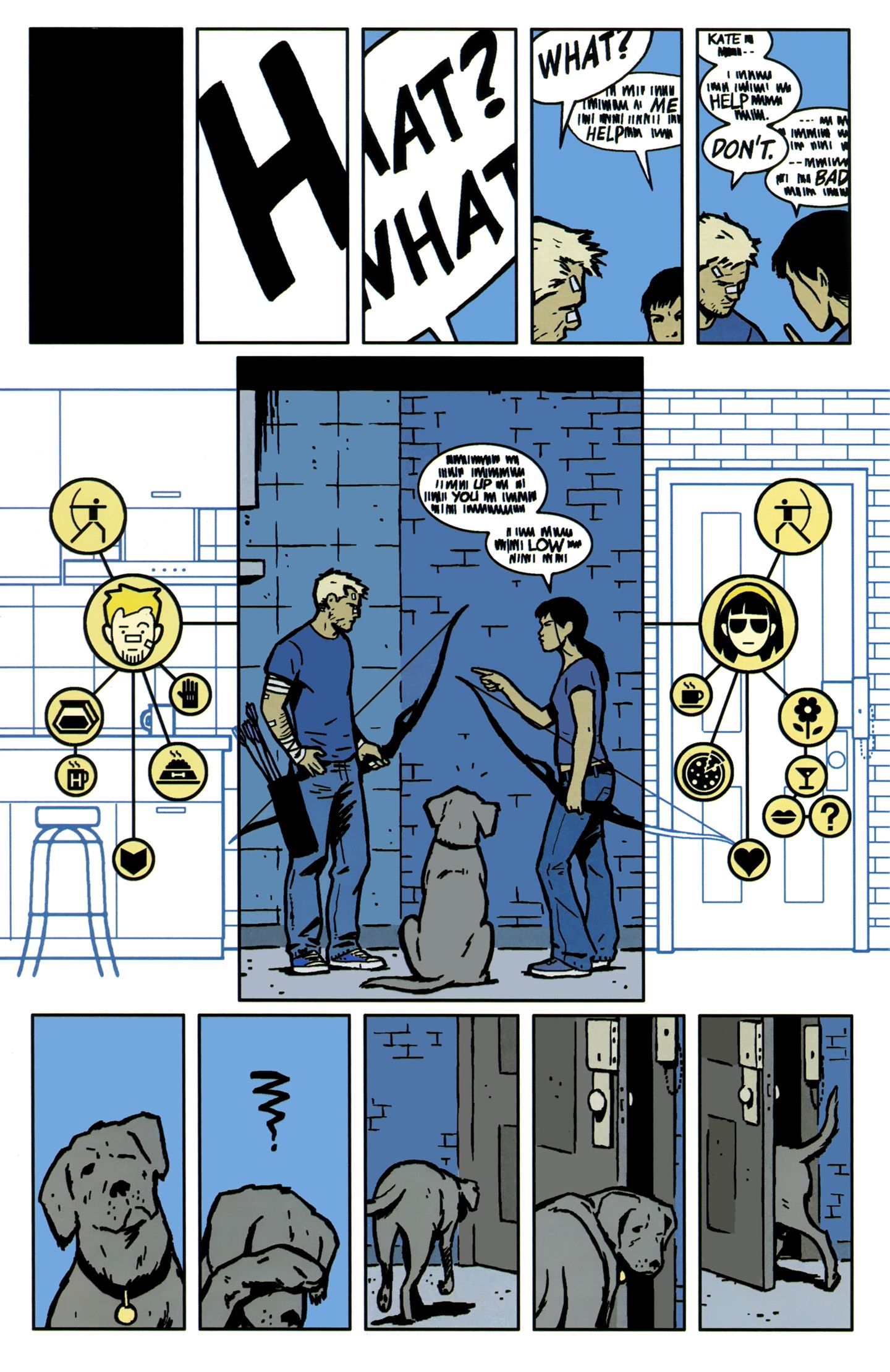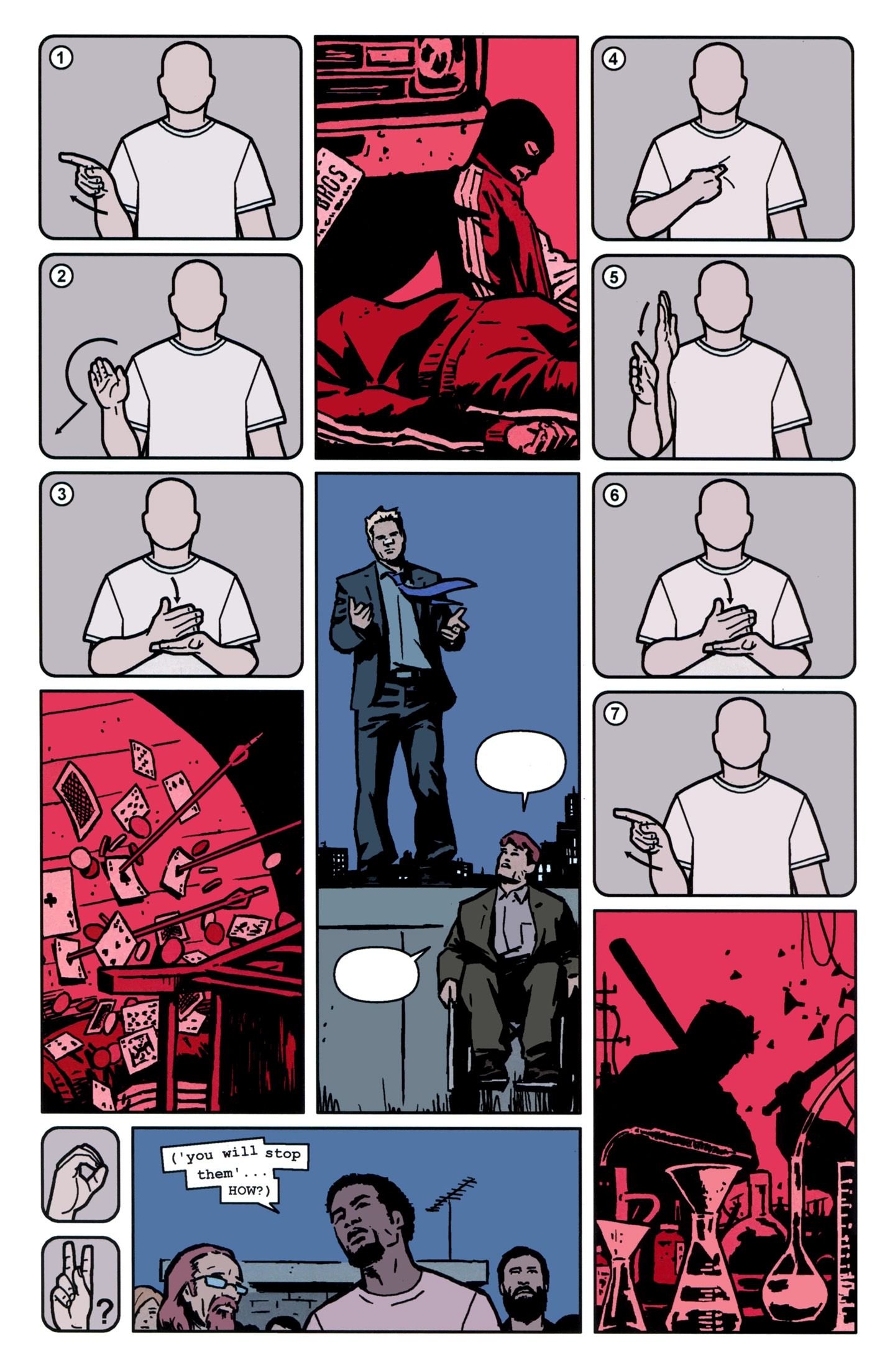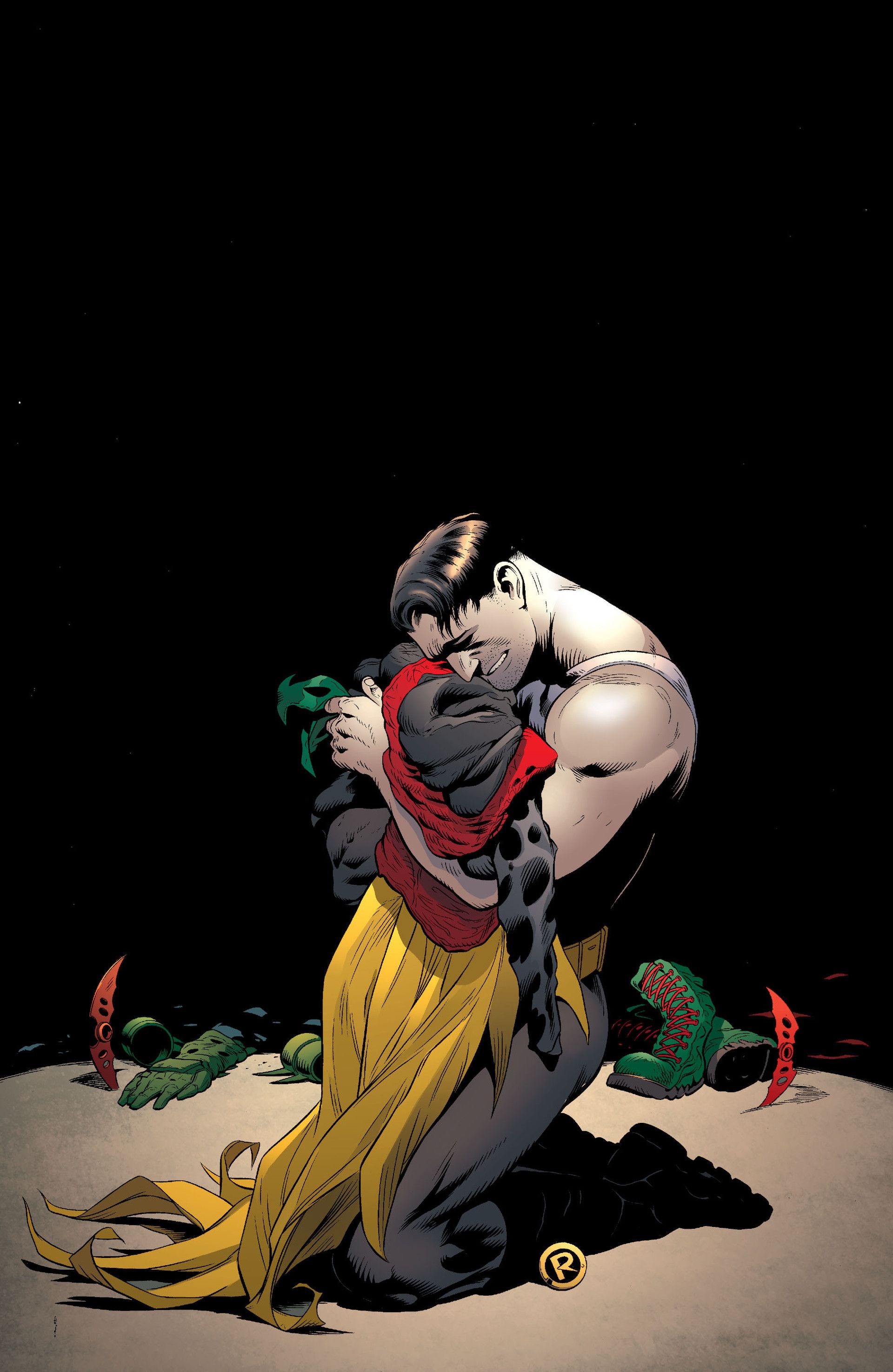Anyone who has read a comic will probably tell you it takes words and pictures to make sequential art. Some people will say comics are a visual medium, and that the words are less important than the art. We don't pretend to have the answers, but silent comics have been floating around in the medium for decades. The use of pure art to convey a comic book story could be seen as comic booking in its purest form, visual storytelling unaided by narration or dialogue to tell a story.
RELATED: Spider-Man Has Forgotten His Greatest, Life-Changing Lesson
The advent of silent comics can be traced back to 1968's Nick Fury, Agent of SHIELD #1. After two years of steadily pushing the artistic envelope on Strange Tales, Jim Steranko finally claimed his own full-length book. While the first issue wasn't entirely silent, it opened with a completely soundless three pages, showing Nick Fury infiltrating a massive fortress.
The sequence was groundbreaking. It introduced a more cinematic feel to the comic, a deliberate choice by Steranko, which he explained in Marvel Masterworks: Nick Fury Agent of S.H.I.E.L.D. Volume 2, 2009:
“The adventure opened with Fury penetrating a Hydra stronghold in silence, which I felt would be most effective by eliminating all words, thoughts, sound effects and captions -- even the standard title -- and attempt to generate the same impact as a film I’d seen when I was about fifteen: Jules Dassin’s thriller Rififi. The plot involved a robbery that had to be performed in silence because of alarms, so the middle third of the picture had no sound, not even a musical underscore. It left a deep impression on me. So, fifteen years later, when Fury scaled the monolithic fortress on the issue’s splash page, my memory of Rififi was with him.”
After Steranko's feat, silent comics would pop up every now and then as an oddity. Legendary artist Jean 'Moebius' Giraud would publish several silent stories in the '70s, including the iconic Arzach. However, silent comics wouldn't really reappear in mainstream comics until 1984, with Larry Hama's G.I. Joe: A Real American Hero #24.
Directly inspired by Steranko's three page opener, it showed Snake Eyes pulling a similar infiltration of a Cobra fortress, juxtaposed with Scarlett's daring simultaneous escape from Storm Shadow. The issue would quickly grab the hearts and minds of fans and creators alike. While silent issues would remain uncommon, they started to pop up with increasing frequency and in more and more mainstream books.
RELATED: Steve Niles Is Taking Kick-Ass In A Brutal New Direction
In 1989, John Byrne and Jim Aparo would deliver the first mainstream superhero silent issue in Batman #433. Aparo's masterful pencils brought Byrne's (mostly) silent script to life. The silence served the shocking story well, as various people in and around Gotham react to Batman's death. With only two words spoken, Aparo delivers a highly emotional story.
In 2000, Walt Simonson would create Orion #5. Unlike other silent issues, Orion was a cacophony of sound effects, showcasing a stunning final battle between Orion and Darkseid. Book-ended by the sole dialogue of Orion, proclaiming, “The time for talking… is over” and, “It is finished," Simonson really outdid himself in creating a battle between two titans punctuated by silent reactions from a crowd of New Gods.
Page 2: [valnet-url-page page=2 paginated=0 text='Marvel Says Nuff Said To Silent Comics']
In May 2002, Marvel blew the doors off. Joe Quesada was on a meteoric rise after pulling Marvel back from the brink of destruction with Marvel Knights, then launching two wildly successful imprints, Ultimate and MAX upon rising to Editor-In-Chief. Quesada and Marvel president Bill Jemas hatched a plan to turn silent comics into a publishing gimmick, and published an entire month of silent issues, appropriately titled "Nuff Said!"
To give a peek behind the curtain into just how the writer worked into the silent issue, they also published partial scripts in the back of the issues. From Christopher Priest's highly detailed Black Panther script to Steve Dillon's almost-comical hand-written Punisher rough outline, the scripts offered a fascinating look into the creation of a silent comic. Some writers, like Priest and Grant Morrison on New X-Men, integrated the silent issue into the overarching story arc of their comic. Others, like Dillon and J. Michael Straczynski on Amazing Spider-Man, took the opportunity to tell slightly quieter one-shot stories.
After "Nuff Said!," silent comics mostly became a product of the indie sphere. The Arrival, Age of Reptiles, Monsters, Godzilla in Hell and Shaolin Cowboy have all released to critical acclaim in the years between then and now. Superhero comics would filter in a few silent pages here and there, although silent issues would remain a rarity.
RELATED: Marvel’s Next X-Men Event Needs To Reunite Wolverine and Professor X
In 2011, Matt Fraction and David Aja would make waves with Hawkeye. The series debuted to critical and fan acclaim, and Aja's art continually pushed the envelope, bringing a decidedly more indie feel to mainstream superheroics. With Hawkeye #11, the famous Pizza Dog issue, Fraction and Aja would try their hand at a silent issue. Unlike previous silent issues, rather than simply a story without dialogue, the issue told the story from the perspective of a dog, who naturally would not speak English. Aja used branching images and symbolic iconography to tell a story from the scent-based perspective of Pizza Dog. The issue was brilliant and cemented the series as a fan and critic-favorite.
Fraction and Aja would return to the silent issue (partially) with their ASL issue, Hawkeye #19. It wasn't totally silent, with several pages of dialogue interspersed with the silent pages. However, it took the concept of the silent issue and used it to tell a story from the perspective of a deaf person. Panels of ASL diagrams interspersed with the action told a story with words, without actually using words. Throw in some "dialogue" based off lip reading, and you've got yourself a pretty unique issue.
While Hawkeye #14 is the most recent silent superhero comic we can think of (we probably missed a few more recent, so let us know), we'll round out the list with a callback to John Byrne and Jim Aparo's silent issue.
In 2013, Damian Wayne had just died in the pages of Grant Morrison's Batman Incorporated. Although the main Batman title hadn't really been too concerned with Damian, Peter Tomasi and Patrick Gleason's Batman and Robin had been all about him and his partnership with Batman.
RELATED: Which Golden Age Hero Would Stan Lee Not Let Join the Avengers?
Tomasi and Gleason delivered a heartbreaking sendoff. Showing Batman reeling from grief, Gleason's art said all that needed to be said. The only words in the comic come from a letter Damian wrote, thanking Bruce for teaching him how to live. The final image of the issue, Bruce desperately clutching Damian's Robin costume, show silent comics at their peak. Far from being a gimmick, a silent comic at its best is comics in its purest form: Visual storytelling portraying unknowable emotion that can't be reduced to mere words.

